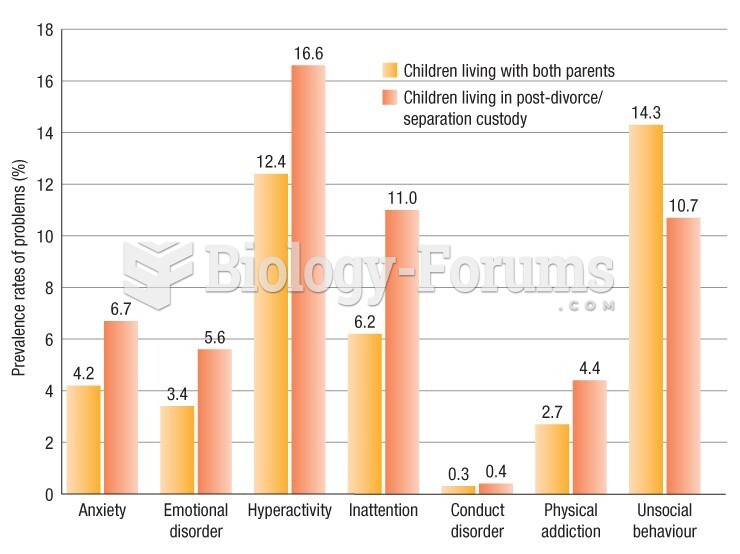This topic contains a solution. Click here to go to the answer
|
|
|
Did you know?
The first documented use of surgical anesthesia in the United States was in Connecticut in 1844.
Did you know?
There are 20 feet of blood vessels in each square inch of human skin.
Did you know?
Eating carrots will improve your eyesight. Carrots are high in vitamin A (retinol), which is essential for good vision. It can also be found in milk, cheese, egg yolks, and liver.
Did you know?
Green tea is able to stop the scent of garlic or onion from causing bad breath.
Did you know?
There are over 65,000 known species of protozoa. About 10,000 species are parasitic.







